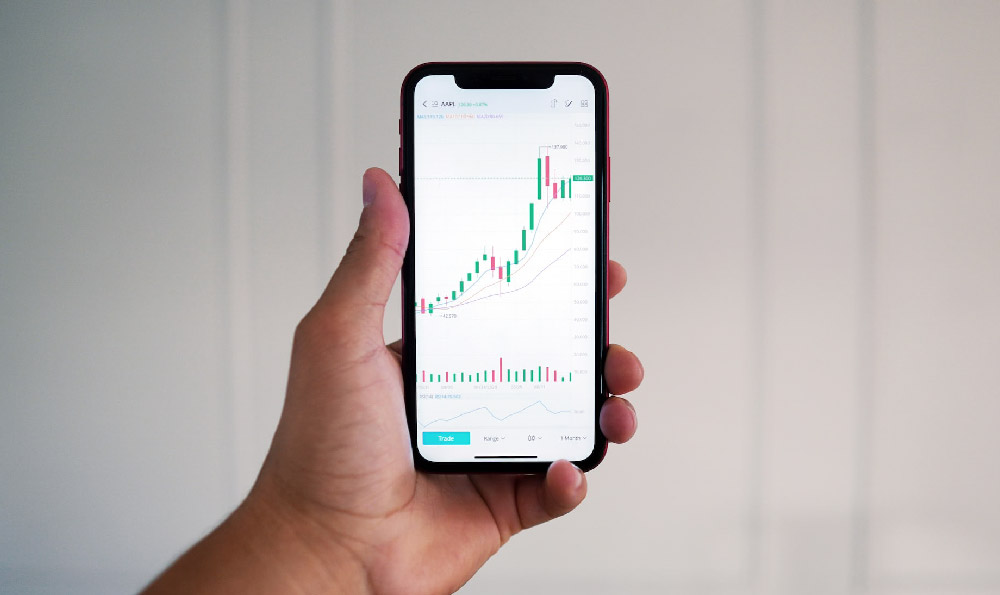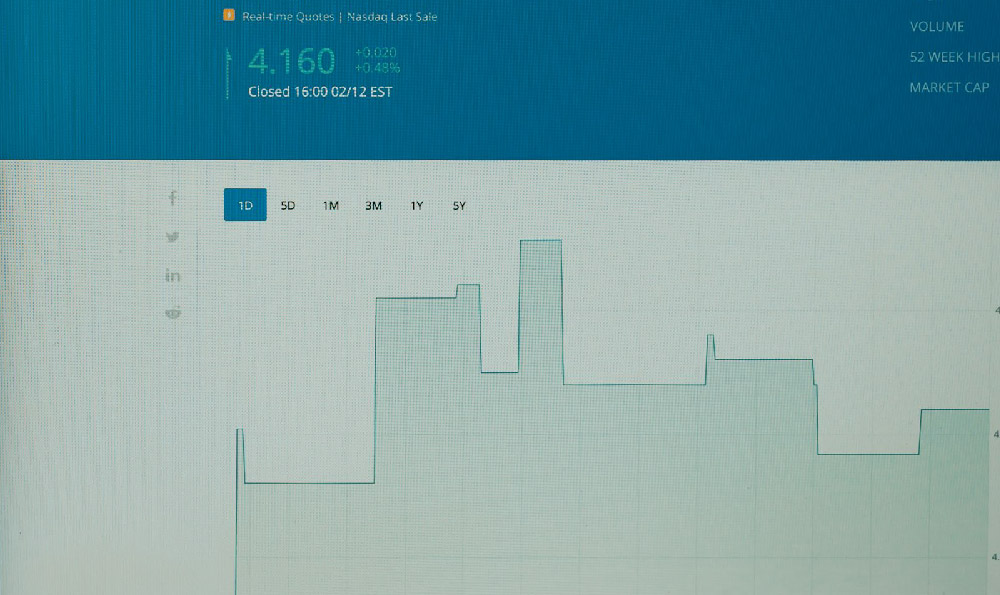What is Alpha, and Why Beta in Investing?
In the realm of investment, understanding the nuances of risk and return is paramount to achieving financial success. Two fundamental concepts that serve as cornerstones for analyzing investment performance are Alpha and Beta. While they both provide insights into how an investment performs, they offer different perspectives and serve distinct purposes. Alpha represents the excess return of an investment compared to a benchmark index, while Beta measures the volatility of an investment relative to the overall market. Grasping the difference between these two metrics is crucial for investors seeking to build a well-diversified portfolio and make informed investment decisions.
Alpha, often referred to as the "active return," quantifies the value an investment manager adds through their expertise and investment strategies. It represents the difference between the actual return of an investment and the expected return based solely on its exposure to the market. A positive Alpha indicates that the investment has outperformed its benchmark, suggesting that the manager's skills have generated excess returns. Conversely, a negative Alpha signifies underperformance, implying that the manager's strategies have detracted from the investment's returns.
The concept of Alpha stems from the Capital Asset Pricing Model (CAPM), a widely used financial model that estimates the expected return of an asset based on its Beta, the risk-free rate of return, and the expected market return. CAPM assumes that all investors are rational and risk-averse and that the market is efficient, meaning that all available information is reflected in asset prices. While CAPM provides a theoretical framework for understanding risk and return, it has its limitations and may not accurately predict real-world investment outcomes.

Calculating Alpha involves comparing the actual return of an investment to its expected return, which is derived from CAPM. The formula for Alpha is: Alpha = Actual Return - (Risk-Free Rate + Beta * (Market Return - Risk-Free Rate)). A higher Alpha indicates a greater ability to generate returns beyond what is expected based on market exposure, suggesting superior investment management.
There are many factors that can contribute to a high Alpha. Skilled investment managers can identify undervalued assets, time market movements effectively, and construct portfolios that generate superior returns. These managers often employ sophisticated investment strategies, conduct in-depth research, and possess a deep understanding of market dynamics. Moreover, a disciplined investment process, rigorous risk management, and the ability to adapt to changing market conditions can also contribute to generating positive Alpha.
However, it's important to acknowledge that achieving consistent Alpha is a challenging task. Markets are inherently unpredictable, and even the most skilled managers can experience periods of underperformance. The pursuit of Alpha often involves taking on greater risks, and there is no guarantee that these risks will translate into higher returns. Furthermore, Alpha can be influenced by factors outside of a manager's control, such as market sentiment, economic conditions, and geopolitical events.
Beta, on the other hand, measures the volatility or systematic risk of an investment relative to the overall market. It quantifies how much an investment's price is expected to move in response to changes in the market. A Beta of 1 indicates that the investment's price will move in tandem with the market. A Beta greater than 1 suggests that the investment is more volatile than the market, while a Beta less than 1 indicates that it is less volatile.
Beta is a key component of CAPM and is used to estimate the expected return of an asset based on its systematic risk. It reflects the sensitivity of an investment to market fluctuations and helps investors assess the potential risk and reward associated with different investments. A higher Beta implies greater risk but also the potential for higher returns, while a lower Beta suggests less risk but also lower potential returns.
The choice of benchmark is crucial for calculating Beta accurately. The benchmark should be representative of the market or sector in which the investment operates. For example, the S&P 500 is commonly used as a benchmark for U.S. stocks, while the MSCI EAFE index is used for international stocks. Choosing an appropriate benchmark ensures that the Beta reflects the true risk profile of the investment.
Beta is a valuable tool for portfolio diversification. By combining investments with different Betas, investors can create a portfolio that is less sensitive to market fluctuations. For example, an investor seeking a more conservative portfolio might allocate a larger portion of their assets to low-Beta investments, such as bonds or utilities. Conversely, an investor seeking higher growth might allocate a larger portion of their assets to high-Beta investments, such as technology stocks or emerging market equities.
It is vital to acknowledge that Beta is a historical measure of volatility and may not accurately predict future price movements. Market conditions can change, and the relationship between an investment and the market can shift over time. Furthermore, Beta only captures systematic risk, which is the risk that is inherent in the market as a whole. It does not account for unsystematic risk, which is the risk that is specific to a particular company or industry.
In conclusion, Alpha and Beta are essential concepts for understanding investment performance and managing risk. Alpha represents the excess return of an investment compared to its benchmark, while Beta measures its volatility relative to the market. By understanding these two metrics, investors can make more informed decisions about asset allocation, portfolio construction, and risk management. While Alpha is a measure of investment manager skill, Beta provides insights into an investment's risk profile. By considering both Alpha and Beta, investors can build well-diversified portfolios that are aligned with their risk tolerance and investment objectives. Neither Alpha nor Beta is a perfect predictor of future returns, but they provide valuable context for evaluating investment performance and managing expectations. Smart investors consider both when making critical investment choices.















